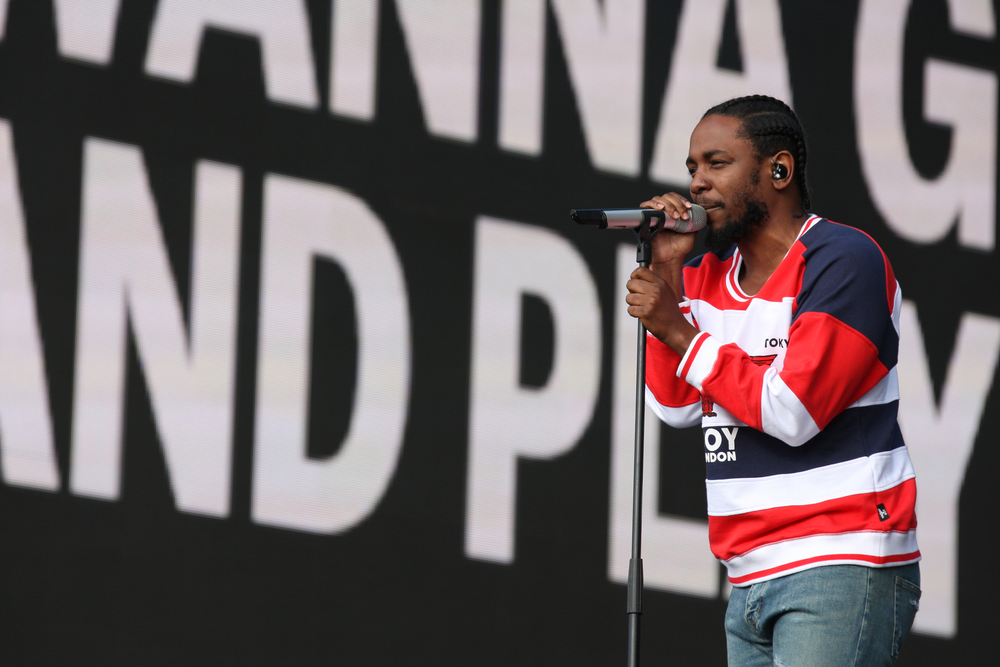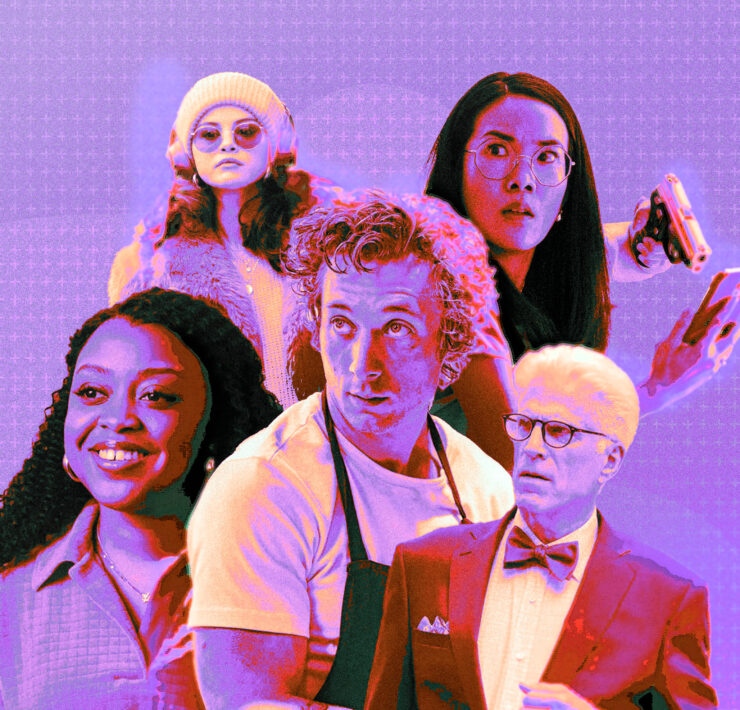
A lot can be said about the HBO series, The Leftovers. A mishmash of bewildering themes and imagery—including a luminous, rogue deer, the May 1972 issue of National Geographic, random smiley faces and redemptive hugs—perhaps the only constant within the show’s first season is the unexplainable. The second season, however, managed to build on themes of the unknown in a much more cohesive way.
A quick Google search on The Leftovers will lead you deep into a rabbit hole of discussions concerning humanity’s struggle with purpose and acceptance, our need to belong or to understand situations which are entirely inconceivable, and the subject of loss in general. But one of the themes that I keep coming back to is how the show’s original premise, the inexplicable departure of 2 percent of the world’s population, means absolutely everything and yet absolutely nothing for the rest of the storyline. This “rapture-like” catastrophe serves simply as an intro into a very tumultuous and overwhelming version of how we deal with our inability to be OK, measure up and conquer sin.
What keeps viewers interested is not necessarily the mythical and mysterious aspects of The Leftovers, but instead the very real story of people attempting to confront or ignore their brokenness. You and I share this brokenness. And while we may be missing apocalyptic events and unexplainable phenomenon, we still do our best to control, cover up or redefine our brokenness just like the characters featured throughout the show’s narrative.
The series opens three years after 140 million people disappear from the face of the earth. Neither religious leaders, leading scientists nor world governments can figure out what happened to these people. Those leftover are faced with how, or even if, they will move forward and carry on. And slowly, we see that each character’s brokenness runs much deeper than just to the great departure.
Main character, Kevin Garvey offers us a portrait of someone so overwhelmed with the gravity of his own misery, that his only hope seems to be to ignore it and do his best to move forward. Others, like Laurie Garvey and the creepy cult, the Guilty Remnant, decide that if “not OK” is the only way to be, we should all stop pretending to be anything else. “The end is near” is the Guilty Remnant’s gospel, and their doctrine is making sure everyone knows it. No family, no health, no happiness, no ties to the physical is what they base their righteousness on.
Then we have characters like Nora who wear their suffering and malaise like a badge of honor, convinced that the only way to righteousness is through misery. On the other hand, her brother, Pastor Matt has decided that he can prove his righteousness by comparing it to the unrighteousness of everyone else, and thus he tasks himself with digging up and proclaiming the sins of those who departed.
In season two, we are introduced to the Murphy family. The Murphys and the rest of their small Texas town, Jarden, were inexplicably “spared” from the departure. As a result, the town has become a pilgrimage site of sorts, with park rangers guarding and monitoring who and how many people are allowed access to the city each day.
Yet, again, it quickly becomes apparent that things in Jarden aren’t as peaceful as they would seem. People are constantly asserting their own reasons for who or why their town remained untouched from such a large catastrophe. When the Murphys’ daughter, Evangeline, disappears with two of her friends, rumors of a second departure begin to circle.
We learn by the end of the season that Evangeline’s mom, Erica, was planning on leaving her husband and their family before her daughter disappeared.
“I wished that my kids would be OK if I left. Because they didn’t know what it was like to need to go. They didn’t know what it’s like to pretend,” she tells Nora.
And yet when Evangeline returns to Miracle as a converted member of the Guilty Remnant, she reveals her disappearance was only a ploy to show the small town that there was nothing special about them in the first place. Erica pleadingly cries out to her daughter for an explanation of why from Evie. “I don’t understand, why are you doing this?” shouts Erica.
“You understand,” Evie responds.
Evie understands what Erica assumed she could not understand and perhaps what every character assumes is solely their problem: They each understand what it’s like to pretend to be OK, and pretend to be what they are not. In this case, it just takes some sort of cataclysmic push, something like the heart-wrenching disappearance of millions of people, to push everyone over the edge, submerging them in the truth of their situation.
Depressing, I know. And yet there are glimmers of hope that resonate with us in such a story that I believe rings truer for us than we may like to admit.
The Leftovers displays what happens to all of us when we fail to let go of control of our goodness. Within a microcosm where the stakes are blatantly high and the situation increasingly dire, humanity faces the same old struggle with sin we’ve faced since the very beginning: We want to control what happens to us, if not also for those around us. We want a say in the whys and the hows of life—I was good, and therefore X happened, I failed at Y and therefore Z took place. We are not a people to be content with the unknown, we want skin in the game regardless of whether or not that means predicting outcomes, throwing in the towel and giving up altogether, or assuming nothing was ever wrong with us in the first place (or at least, that less is wrong with us than those other people).
And yet that’s just the rub, isn’t it? It’s our brokenness itself, the very thing we hate and abhor most about ourselves, that won’t let us release control. Whether we grip tighter to our own methods for explaining the hardships in life, compare our righteousness to that of others in hopes that we’ll land a rung higher on the totem pole or just pretend as if the difficulties of sin have no effect on us, we still lack a solution for our sinfulness and a sufficient answer for the often inexplicable road that is life.
The solution we find in Jesus soothes both our concerns for our miseries and the uncertainty we fear from the future. This doesn’t mean that there won’t be unknowns, difficulties and trials to face in life. This doesn’t explain away some of the confounding mysteries of life and the end that awaits us, but faith in Christ does mean we have hope now and for the future. It is Christ’s resurrection that is key to God’s purpose, for the resurrection tells us that Christ has a return and that return is hopeful.
For Christians, it’s this promise that negates the need to obsess over either our control of the present or the details of the future end. For Christ’s suffering and death on the cross “appeared once for all at the end of the ages to put away sin by the sacrifice of himself. And just as it is appointed for man to die once, and after that comes judgment, so Christ, having been offered once to bear the sins of many, will appear a second time, not to deal with sin but to save those who are eagerly waiting for him.” (Hebrews 9:26-28)
In the here and now we must still battle with our brokenness all the while knowing that in Christ we are a new creation. We await with hope and expectancy the return of a King whose promises run free from the consequences of sin. We can live now without anxiety of our broken nature because Christ’s resurrection implies His return and the promise of healing that is both already and not yet.
In contrast to the terrifying highway billboards warning us of heaven and hell, and a culture racked with apocalyptic thoughts, the hope of the resurrection rings as a refreshing reminder amid thoughts of fire and brimstone. Christ not only died for you, He is coming back for you.






















